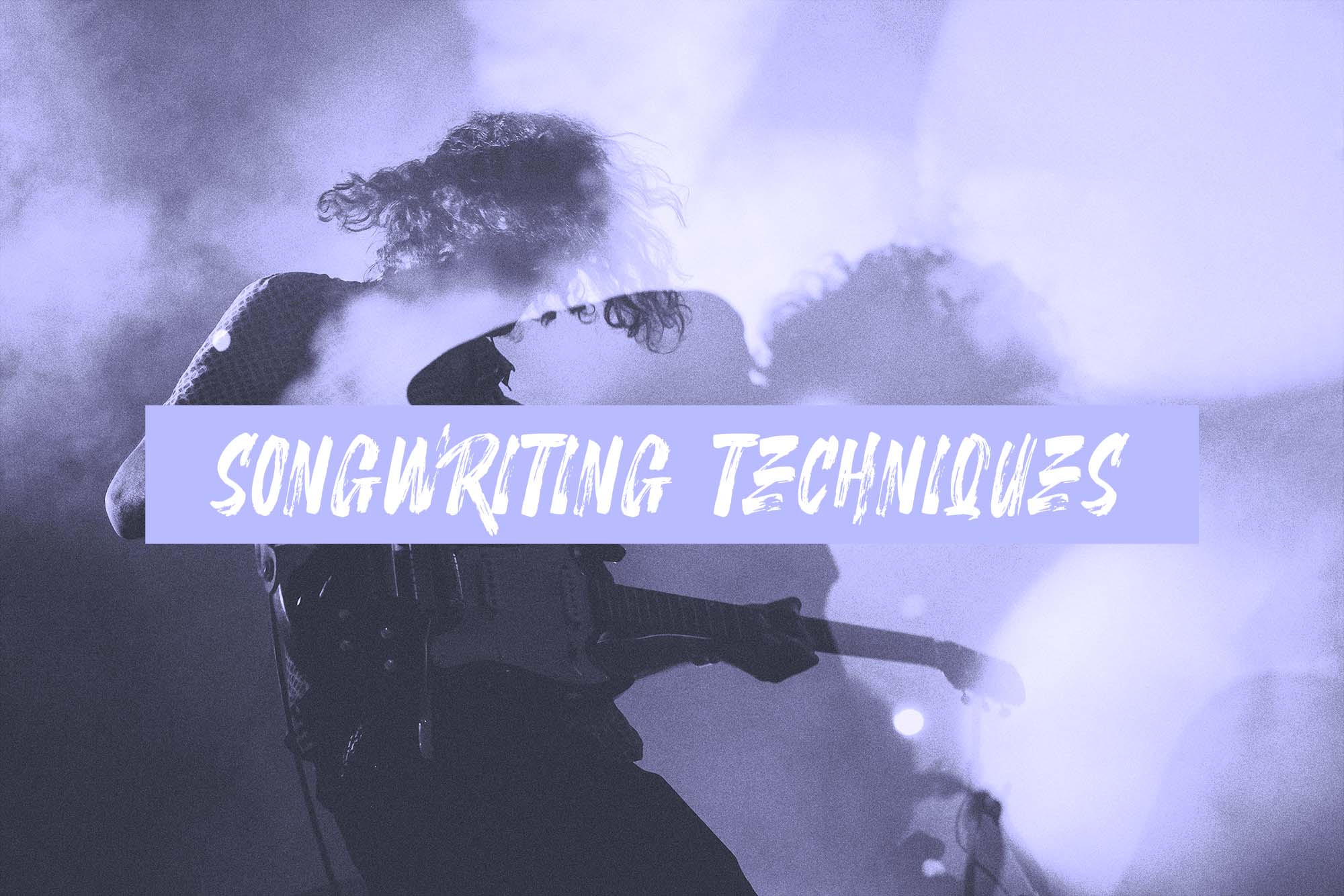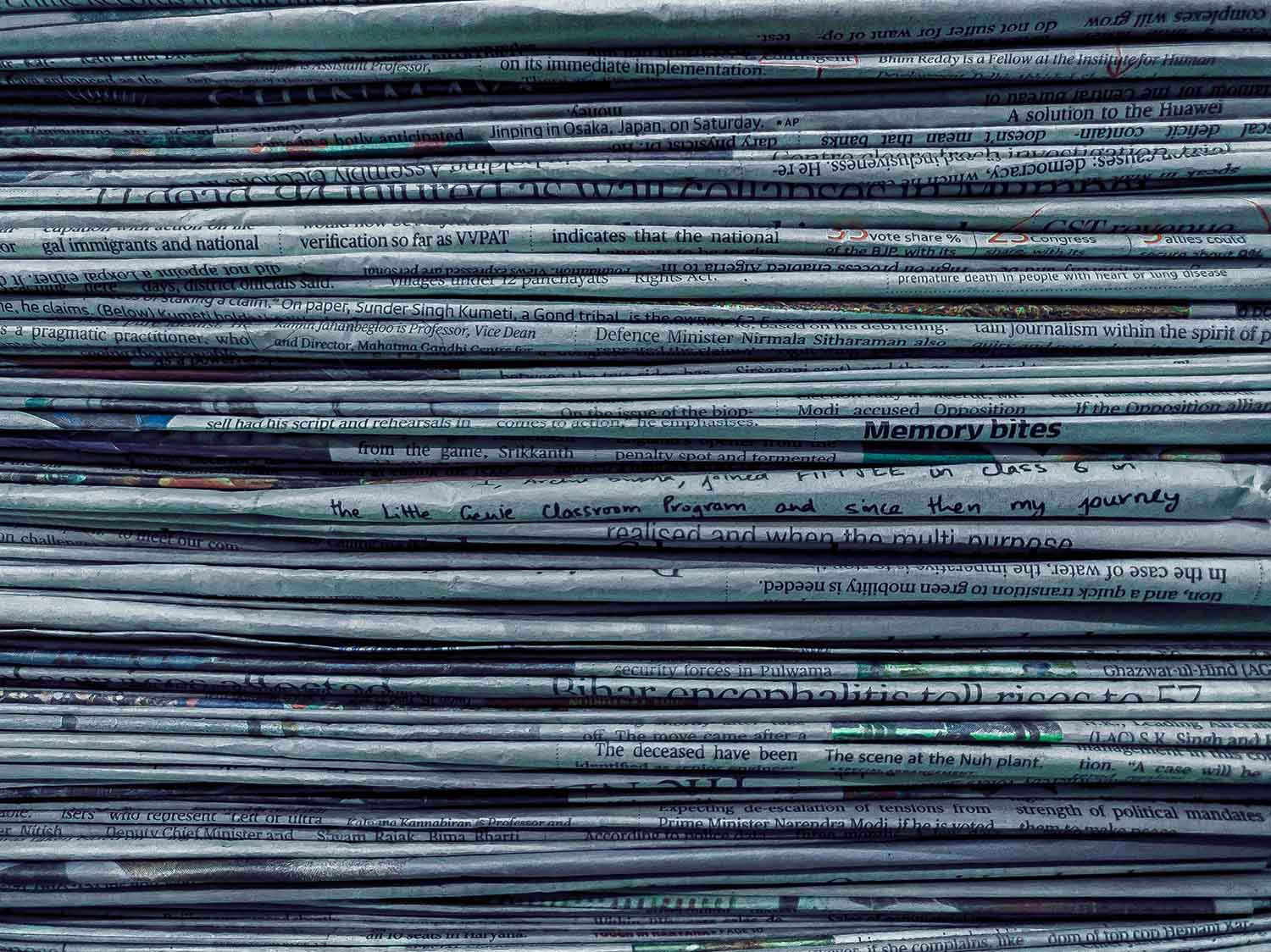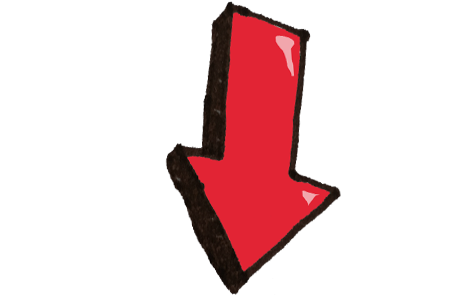10 songwriting techniques that will get you writing better songs...

The truth is there are many many songwriting techniques you can use when it comes to writing music.
We understand that sometimes, that blank piece of paper can begin to feel a tad daunting, and the limitless options of where to begin can stop you in your tracks before you’ve even begun.
Some songwriters have the ability to throw caution to the wind and get things out quickly, some struggle to get the basics down.
Either way being a songwriter means you need to get writing.
Here are 10 songwriting techniques that can help you on your way and get you writing better songs almost instantly.
Let's dive right in…
songwriting techniques
Set yourself a time limit
Setting yourself a time limit to write a whole song is a great way to stifle second-guessing during the writing process.
Applying the right amount of time pressure to yourself will squeeze inspiration out of you, creating edgy, raw and honest songs.
This technique is most effective if you write on an instrument you are most comfortable with. Just get the chords down and get the lyrics down.
Once your time is up, you will have a song that you can then go back and tweak accordingly. Trust your ear here and watch your core songwriting skills come to life.
The time limit technique is also particularly handy if you are a master at procrastination.
We recommend you start with 30 minutes but set yourself a goal that is achievable based on your skill level (be realistic but challenge yourself).
songwriting techniques
The Cut-up technique
This technique was used by some of the greats such as Bob Dylan and David Bowie.
Start by writing down a few paragraphs describing different subjects and themes. (use lots of imagery and metaphors).
Once you have some juicy words on a page you simply cut them up into four or five-line sections and rearrange them.
You can either mix them up at random or consciously pick sentences out that mysteriously work well together.
Bowie explained that this technique or even just rearranging lines can ignite anything that may have been lurking in the imagination. Often answering questions he hadn’t thought to ask and teaching him a lot about himself.
On a side note, you can also use this technique for coming up with chords. Research chords within a certain key and experiment with them until you come up with something that works for you.
songwriting techniques
The Newspaper technique

Although quite similar to the cut-up technique, this can help effectively spark inspiration if you are struggling to find themes to write about.
Just take any newspaper and search for words, phrases or headlines that capture your attention. Write using those as the base or themes of your song.
Perhaps there is a story in the paper you think could be a great song? Perhaps there was a headline that could serve perfectly as an opening line?
There is so much inspiration to be found by mixing and matching what’s in a newspaper.
You can even go one step further and cut lines out of different articles and mix them up much like the cut-up technique.
songwriting techniques
Break your routine
Most songwriters have a general way in which they go about writing a song. It may have been developed over time or simply just what came naturally.
Whilst this can be good and beneficial when crafting a certain style, it can also be limiting.
If you have a specific way you normally write songs, try and do the opposite for a song or two. It can be very refreshing writing in a way that you aren’t used to.
For example; If you start with writing the music first, consider starting with the lyrics. If you only ever start writing on a guitar, maybe it’s time to write on the old keyboard?
There are so many ways people write, but doing the opposite of what you are used to can produce some really interesting results.
songwriting techniques
The mapped out structure technique
This can be a helpful way of gaining perspective on the songwriting process.
Pick out a song structure that you think would be nice, and write your song accordingly with that structure mapped out in front of you.
This serves as a sort of template allowing you to focus solely on the music and lyrics rather than structural questions that may normally occur during the writing process.
By giving yourself a sense of structure you are giving yourself the freedom to write creatively and safely within tried and tested structural layouts.
songwriting techniques
Stream of consciousness

Grab your preferred instrument, sit down and just play.
This method is a great way to coax out the dormant ideas within your mind.
By messing around without the pressure of playing only for the purpose of writing a song, you will find yourself feeling relaxed and become more experimental.
You will more often than not stumble upon something that can be used as the basis of a new song.
Try half an hour first, experimenting with little riffs here and there, different chord progressions and different musical ideas.
It’s essential to record these sessions, making sure no great ideas are lost among the weaker ones.
When you stumble upon something interesting, jot down a timestamp of where it is in the recording so you know where to find the good bits when listening back to the session.
songwriting techniques
Listen back from a distance
Once you have recorded a demo of your track or just have the basics in place, listen back to it either at a low volume or louder with you stood further away.
This forces you to hear the song from a new perspective and in a different way to normal.
Listen intently, paying attention to the songs flow as-well as making notes of anything else that may stand out negatively or positively.
songwriting techniques
Pick a tempo

It can be helpful to pick your tempo before you begin the writing process.
The Beats per minute will influence an entire song's feeling. Therefore influencing the kind of song you end up writing.
If you pick something slower, consider writing a more melancholic track. If your tempo is faster, consider writing something more joyful.
This can be a handy little technique to have in your back pocket when you don’t have any clear direction of where to start in the songwriting process.
songwriting techniques
Writing extra verses to songs that already exist
Continuing a story for an existing song can be a surprisingly helpful way to get your first words on the page.
Write an extra verse for a song that you love, take those lyrics and use them as the starting point for your new song.
Some people find it easier drawing inspiration from something that already is out there.
You mustn’t plagiarise here. Instead, take the existing themes and turn them into your own form of self-expression using this technique as a sort of leg-up to get you started.
songwriting techniques
The “Feel” chart
Similar to mapping out the song's structure. Here, you map out the “feel” of the song beforehand.
Jot down the flow of “intensity” and “loudness” that you want the song to unfold in.
Draw all this out into a sort of “Musical Line Chart” visually aiding you throughout the writing process.
This helps you when faced with decision making, always referring back to the chart to check whether or not what you are writing suits what you have mapped out.
It’s also especially handy when arranging a song. Referring back to your chart you may see that the section calls for something more or something less.
You don’t have to write every song using these techniques but they are great when you are struggling to get the ball rolling. Keep them in the back of your mind, and use the ones that speak to you.
Go on, get writing!
Got a Great Songwriting Technique of Your Own?
Share Your Wisdom Here...
We would love to hear some of the techniques you use to write killer songs!



